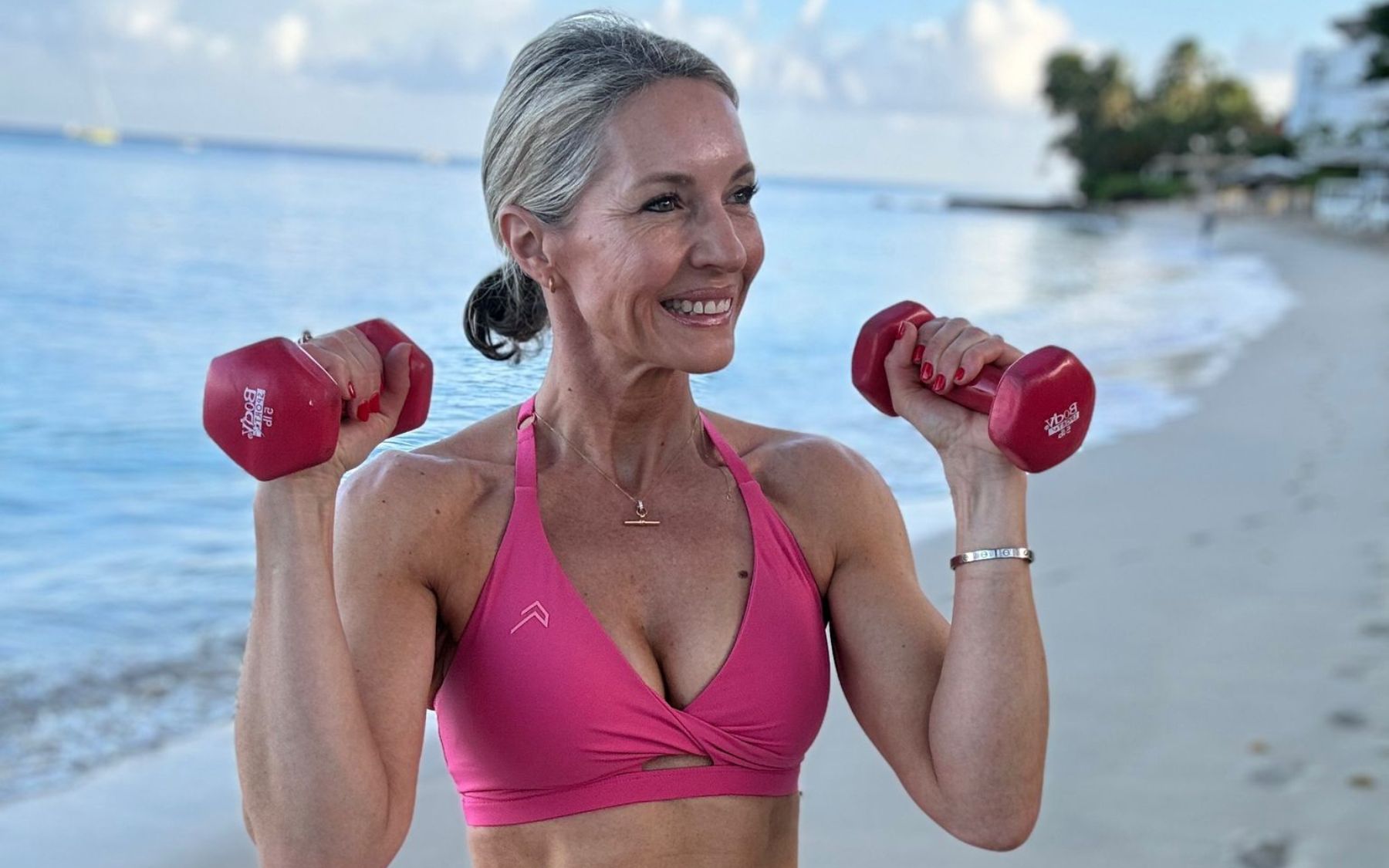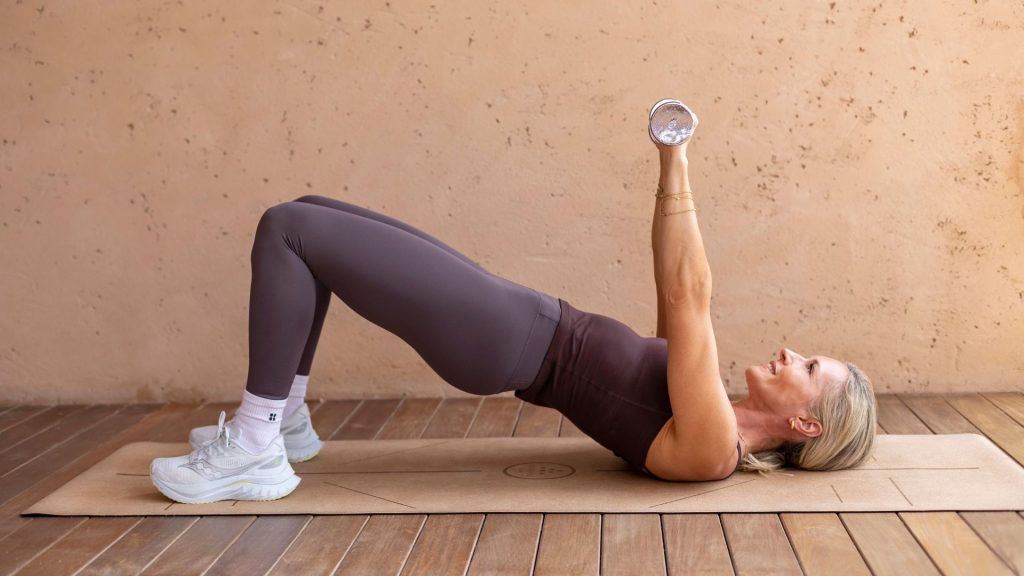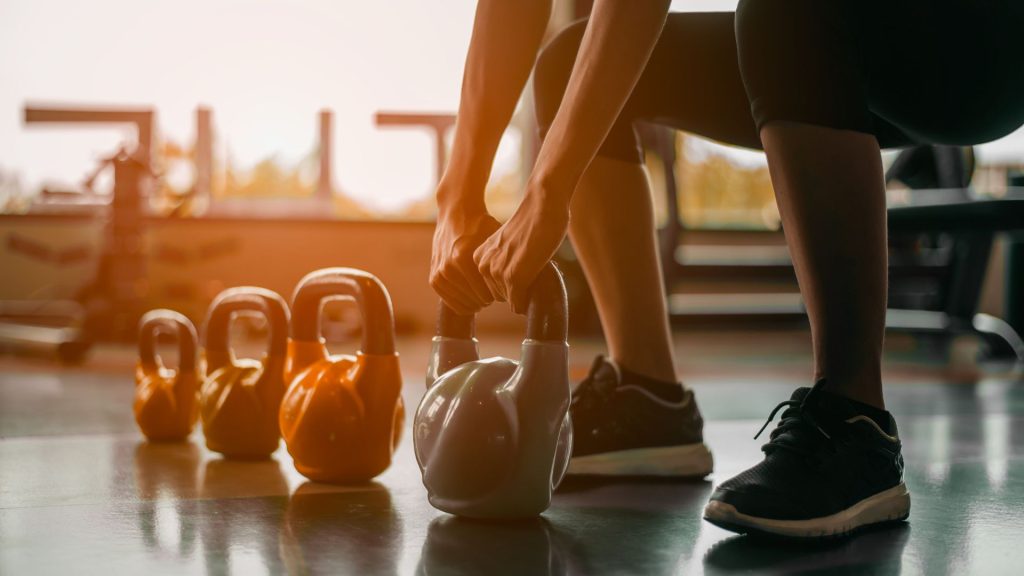
Training in the heat
Summer holidays are firmly upon us and I love taking my exercise routines outside when the weather is nice and making the most of the sunshine. Training in the heat can have both benefits and challenges. It’s important to be aware of the potential risks and take appropriate precautions to ensure your safety, especially if you’re not used to working out in the warmer weather. Here are some of my considerations and tips for training in hot conditions:
Benefits:
1. Improved Endurance: Exercising in the heat can lead to improved heat acclimatisation and enhanced cardiovascular endurance.
2. Calorie Burn: Your body may burn more calories as it works harder to cool itself in a hot environment.
3. Mental Toughness: Training in challenging conditions can build mental resilience and discipline.
Challenges:
1. Dehydration: The risk of dehydration is higher in hot conditions. It’s crucial to stay well-hydrated before, during and after your workout.
2. Heat Exhaustion and Heat Stroke: Exercising in extreme heat can increase the risk of heat-related illnesses. Be aware of symptoms such as dizziness, nausea, rapid heartbeat, and stop exercise if you experience any of them.
3. Electrolyte Imbalance: Sweating in the heat can lead to the loss of essential electrolytes. Consider consuming electrolyte-rich drinks and make sure you are remaining hydrated and fuelled.
4. Sunburn: Protect your skin from harmful UV rays by applying sunscreen, wearing appropriate clothing, and training during non-peak sun hours if possible.
My Top Tips for Training in the Heat:
1. Hydrate: I cannot emphasise this enough! Drink plenty of water before, during, and after your workout. You could consider electrolyte-rich drinks for longer sessions.
2. Time of Day: Train during the cooler part of the day, such as early morning or late evening, to avoid peak heat – for me it’s always early morning.
3. Appropriate Clothing: Wear light-coloured, loose-fitting and breathable clothing to help your body cool down.
4. Sun Protection: Use sunscreen, a hat and sunglasses to protect yourself from the sun’s harmful rays.
5. Gradual Acclimatisation: Allow your body to acclimate gradually to the heat – you may wish to make your sessions shorter in these temperatures and only gradually increase intensity and duration. I always think of my exercise sessions as maintenance on holiday not PBs!
6. Listen to Your Body: Pay attention to how your body feels. If you experience signs of heat-related issues, take a break and cool down.
7. Cooling Strategies: Use cooling aids like wet towels, cooling vests, or ice packs to help regulate your body temperature.
Individual tolerance to heat varies, so it’s important to listen to your body and adjust your training accordingly.
Are you a hot or cold weather person?
Caroline x



